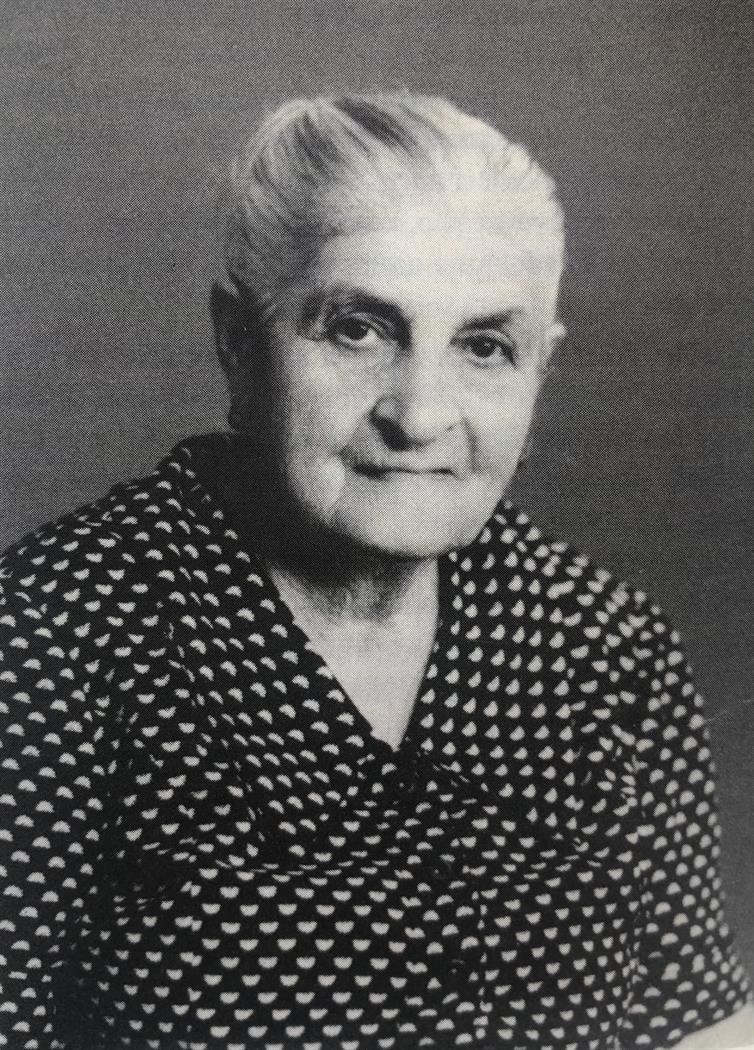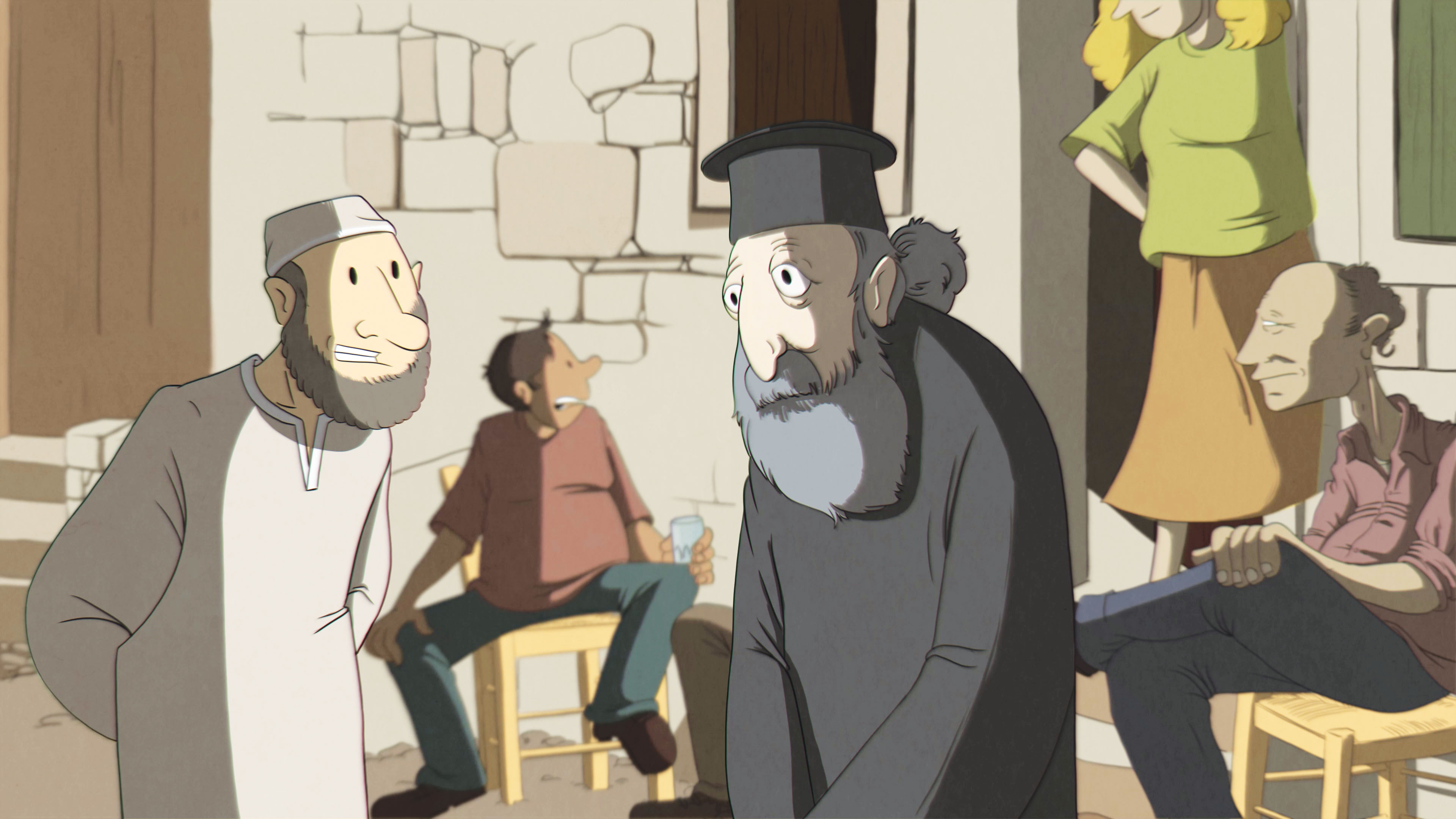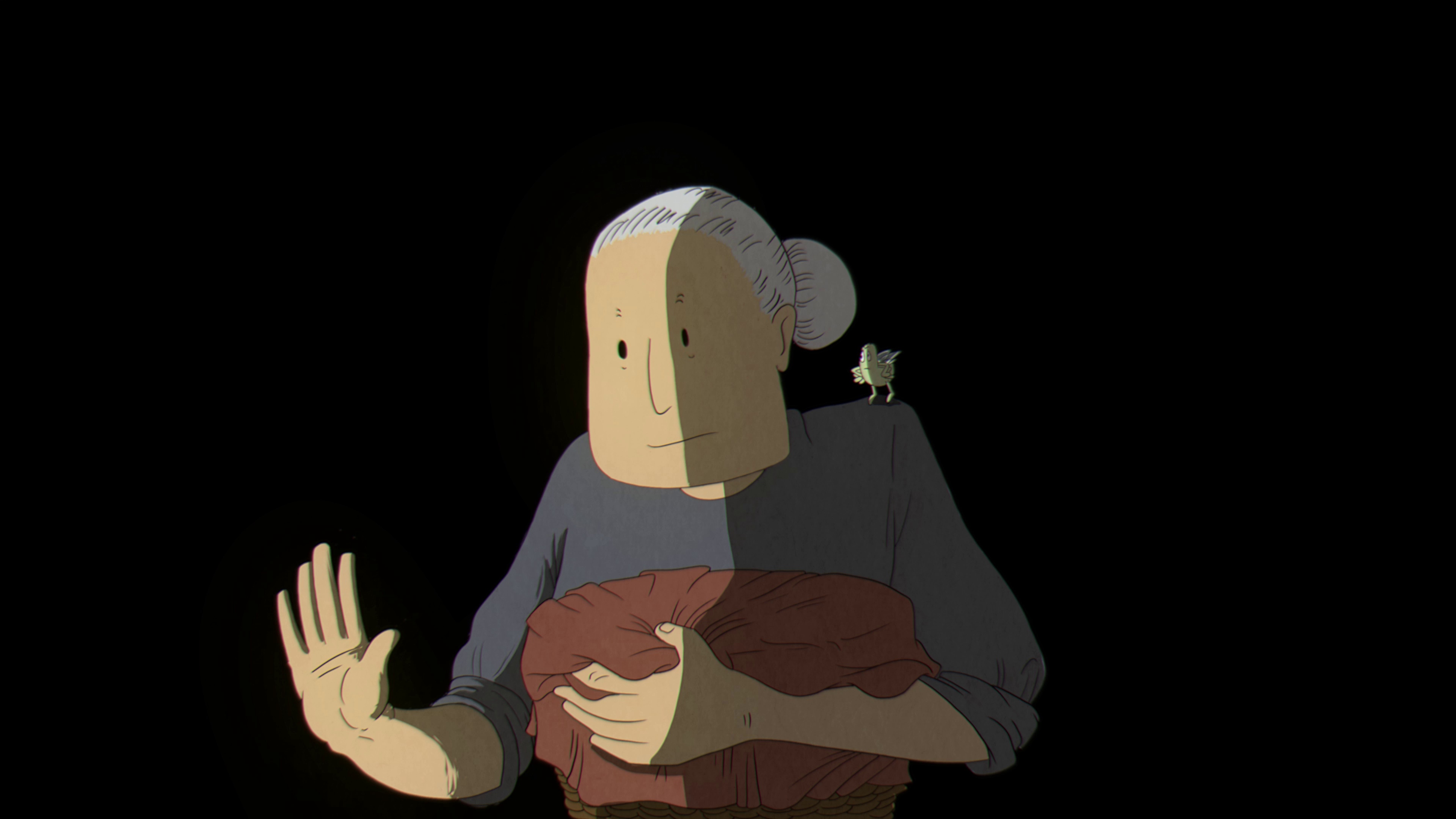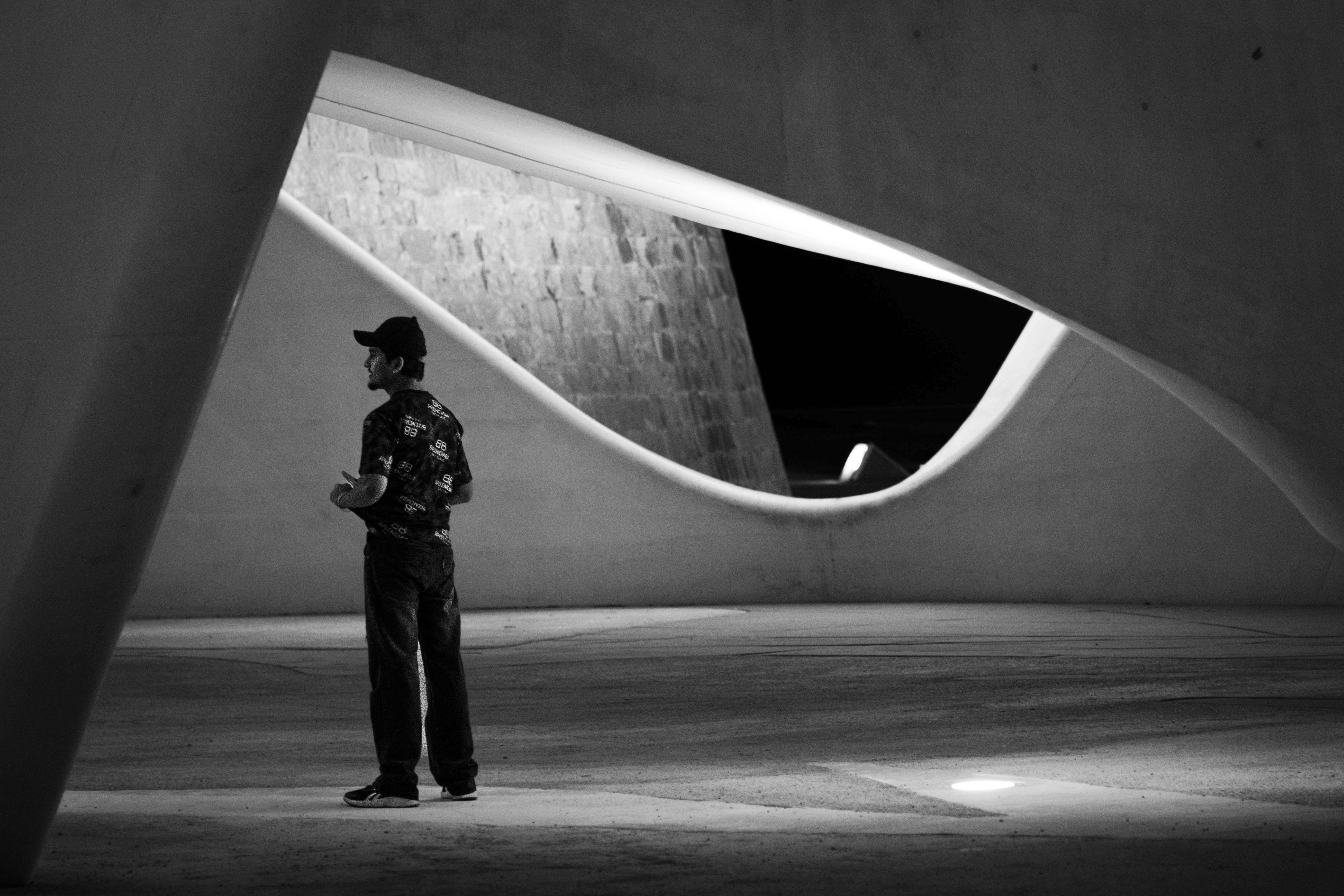A new film is part of a living record of the history of Cyprus told through the stories of those who lived it. Tragedy meets humanity as collective memory is continued
The power of love is something that has often been written, and even sung, about. It is also the focus of a recently released film telling the story of a brave woman who took care of 12 trapped soldiers during the Turkish invasion of the island in 1974.
The Lady of Lapithos is part of a Press and Information Office (PIO) campaign to collect and store the memories of those whose stories have shaped the island’s history across as many spheres of life as possible. The film was the first part of the presentation of this project, and was screened at the presidential palace during the summer, the first of many films which the office intends to use a part of educational and cultural resources to tell the island’s story through the lives of those who lived it.
The screening marked 51 years since the invasion. “In the near future, we hope to organise similar screenings in other cities and, most importantly, in schools,” says Stylianou.
The Lady of Lapithos tells the true story of Efrosini Proestou, a brave woman who took care of 12 trapped soldiers during the 1974 invasion of the unique weapons of the power of her soul and selfless love. “We opted for this story because the life of Efrosini, the Lady of Lapithos, brings to light a beloved story of a special lady, along with our heroes, who fought for their country during the dark days of the 1974 Turkish invasion,” explains PIO director Aliki Stylianou. “It’s important for us, and it’s the PIO’s duty to record the stories of people who reacted in extraordinary ways during the 1974 tragedy, with courage, resilience and altruism. Their stories serve as a precious repository, especially for our younger generations”.

As the story goes, during the unequal battle of Lapithos on August 6, 1974, the 12 Greek Cypriot soldiers were cut off and trapped behind enemy lines. They had come from areas outside the Kyrenia district and were therefore not familiar with the area of Lapithos. They were noticed by Efrosini, who chose to help and look after them. For what is believed to be around one month, she became the mother of “another 12 children” and stood by them as if they were her own; she fed them, hid them and looked after them. History depicts three of the soldiers as belonging to the 256th Infantry Battalion and the other nine to the 286th Motorised Infantry Battalion.
What evokes more meaning are the very testimonies of Efrosini herself, which have been documented in various publications as well as online portals, words that give a perspective of what was happening at the time.
Efrosini recalls the day the soldiers came to her home asking for help, how she baked them traditional Cypriot pies and gave them whatever she had to provide them with sustenance, how among the explosions, Turkish soldiers came to investigate her home, after which she lied about the existence of the 12 soldiers hiding in an underground hole nearby. She resisted leaving, which raised the suspicions of the Turkish forces, until they eventually attacked her home. Reportedly, a couple of the soldiers fled to nearby villages, one surrendered, and the remaining nine were arrested along with Efrosini herself. She was interrogated and beaten but didn’t reveal the truth despite the torture and humiliation she endured.

As a midwife who worked in Turkish Cypriot villages, Efrosini spoke Turkish and this is how she managed to deceive her interrogators and was eventually released. She passed away on April 17, 1993 at the age of 93. The 12 soldiers who survived saw her as their mother; she had saved their life.
Directed by Charalambos Margaritis, a Cypriot visual artist specialising in animated films, printmaking, comics, drawing and painting together with the team of the Kimonos Art Centre, The Lady of Lapithos screenplay was written by Cypriot writer, director and producer Andreas Kyriakou. Stylianou estimates that “their collaboration brought to life a unique blend of historical truth with artistic sensitivity”.
“Our collaboration with the PIO began when they approached me with the idea of developing a short animated film to honour the story of Efrosini, known as The Lady of Lapithos,” explains Kyriakou. “They were looking for a fresh way to bring her legacy to younger audiences. I was immediately drawn to the project because it offered a chance to bridge history, culture and storytelling in a medium (animation) that can reach beyond generations. Beyond my creative reasons, as a refugee myself (with ancestry from Kyrenia), I felt a strong connection to the material – which made the whole thing personal,” he adds.
With Efrosini as the core character in the movie, the film is grounded in factual events. “We made sure to preserve the essence of who Efrosini was and what she did. However, animation thrives on metaphor and imagination, so I introduced the character of Tithonos, a talking cicada who witnesses and narrates the story. He gave us the poetic license to access Efrosini’s world, especially through the eyes of children. So, while the heart of the story remains factual, the framing and tone allows for creative interpretation that serves the spirit, not just the facts, of history,” says Kyriakou.
Stylianou reaffirms this, saying the PIO’s approach is based on respecting historical truth and projecting it through real life stories. “Our purpose is not to project a one-sided interpretation of a story, but rather to give viewers the opportunity to draw their own conclusions. In this way, people will be able, if they wish, to have the knowledge of their island’s history and recognise its relevance in their own lives”.

For the screenwriter, balancing historical truth while targeting younger audiences was delicate. “Efrosini’s story carries immense emotional and historical weight, rooted in one of the most painful chapters of Cyprus’ modern history. The challenge was to approach it with honesty and respect while making it accessible to children. Animation helped achieve this, it allowed us to frame tragedy through warmth, hope, and humanity rather than through direct violence or despair. I focused on the universal values of courage, compassion and coexistence that Efrosini embodied,” explains Kyriakou.
“Writing for animation requires thinking visually and rhythmically. Every movement, colour and sound carries meaning, so the script must leave space for the animation team to interpret it and expand on it. You can’t rely on dialogue alone, emotion must come through in imagery and pacing. In The Lady of Lapithos, silence, music and the rhythm of nature are as important as words. That’s something animation captures beautifully,” he adds. “It’s always fascinating to see how a story evolves once it leaves the page, especially in animation where every detail is handcrafted. I’m proud to have contributed to honouring Efrosini’s legacy in a way that feels both timeless and accessible”.
To this end, the intention to reach out to younger audiences through animation was, in Stylianou’s eyes, accomplished. “We’re aware that today’s information is dispersed in different ways. By adopting modern storytelling formats such as animation, short films and digital platforms we can make cultural and historical narration more appealing. This method bridges the gap and ensures that our collective memory carries on to the younger generation. We are constantly committed to finding creative and innovative ways to fulfil our mission. Short films are a powerful tool in this regard, with their emotional and visual impact and a most effective medium for storytelling. At the same time, they allow us to approach subjects in depth, making lesser-known aspects of Cyprus’ history available to a wider audience,” she adds.
With screenings and events planned in the near future, both in and out of schools, The Lady of Lapithos, which is part of the Life Persists project isn’t the first and last production under the PIO’s belt; other prominent Cypriot personalities will be feature in film format. Other films are set to be created as part of the Art in the City series focussing on Cypriot artists, PENNA on Cypriot authors and poets, and Myths of Cyprus on treasured folk-wisdom tales. “We’re already in the process of planning our next productions. The PIO hopes to bring to light stories from both the recent and the not-so-far recent past. Our aim is to create a living record of voices and experiences, ensuring that these invaluable accounts of courage and humanity are available for all future generations to see and hopefully learn from,” says Stylianou.







Click here to change your cookie preferences